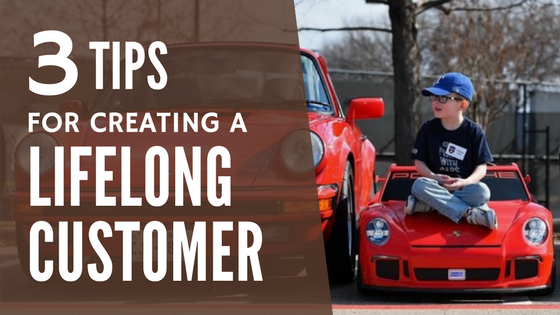Packaging Design Trends: 2015
/I’m not sure if you all are familiar with Faith Popcorn, but I am fascinated with her. She has been the go-to person for marking and predicting trends that drive many of the industries we work in and service. (If you aren’t familiar, check her out here.)
Understanding that certain trends emerge and others fade away in every industry or field is critical to keeping you and your company in sync with all that is going on. Packaging design is no exception. You can tell a great deal about a product or brand by examining the packaging. A decade ago, packaging was all about rich, dark colors and then it shifted and we all moved toward clean, white packaging that looked great – until it became almost too generic. There are distinct patterns and trends that clearly give way to a certain time period, story, or even industry. Sometimes the design is good and other times not so much, but either way, packaging design usually tells an interesting, unique story.
With 2015 in full swing, we’re starting to notice a few new design trends on the shelves. Here are the 4 biggest trends we’ve detected:
Authentic and upfront. Companies are embracing a more welcoming, friendly appearance in order to connect with consumers on a more personal level. Authenticity, visually, is achieved through hand drawn fonts, illustrations, and use of color, the anti-over packaged look and feel. All of these elements work together to create a “handmade, artisanal” look that abandons the traditional corporate image. With callouts and nutritional facts up front, all of the information is displayed clearly and honestly.
Eco-friendly. Biobased or “green” packaging is no longer “just an option” – it’s quickly becoming a necessity! More and more consumers are searching for eco-friendly, sustainable packaging solutions that fit their lifestyle and needs. There has been a huge movement toward eco-friendly packaging and education in the consumer goods industry. Many consumers prefer to buy from companies that care about their social or environmental impact; it’s as simple as that! Right sizing of packaging is no longer a trend but a movement that will ultimately set companies apart and increase long-term profits.
Minimal. Stripped-down styles, shapes, patterns, and easy to read fonts are also very popular with brands this year. White space and clean design can stand apart from other packaging on a noisy, overcrowded shelf. Minimalist design can also give a product a premium, luxurious, or high quality feel.
Multifunctional. Packaging can serve a purpose. A well-designed structure and functional packaging takes the consumer experience to the next level. Packaging that looks beautiful and also makes the product easy to use or store will attract attention. I love the pizza packaging that becomes a plate! Consumers see multifunctional packaging as a useful benefit that adds value to the product, which translates into brand loyalty.
What are other packaging trends you’ve noticed recently? Which design trend is your favorite? Let us know what you think by commenting in the space below!











